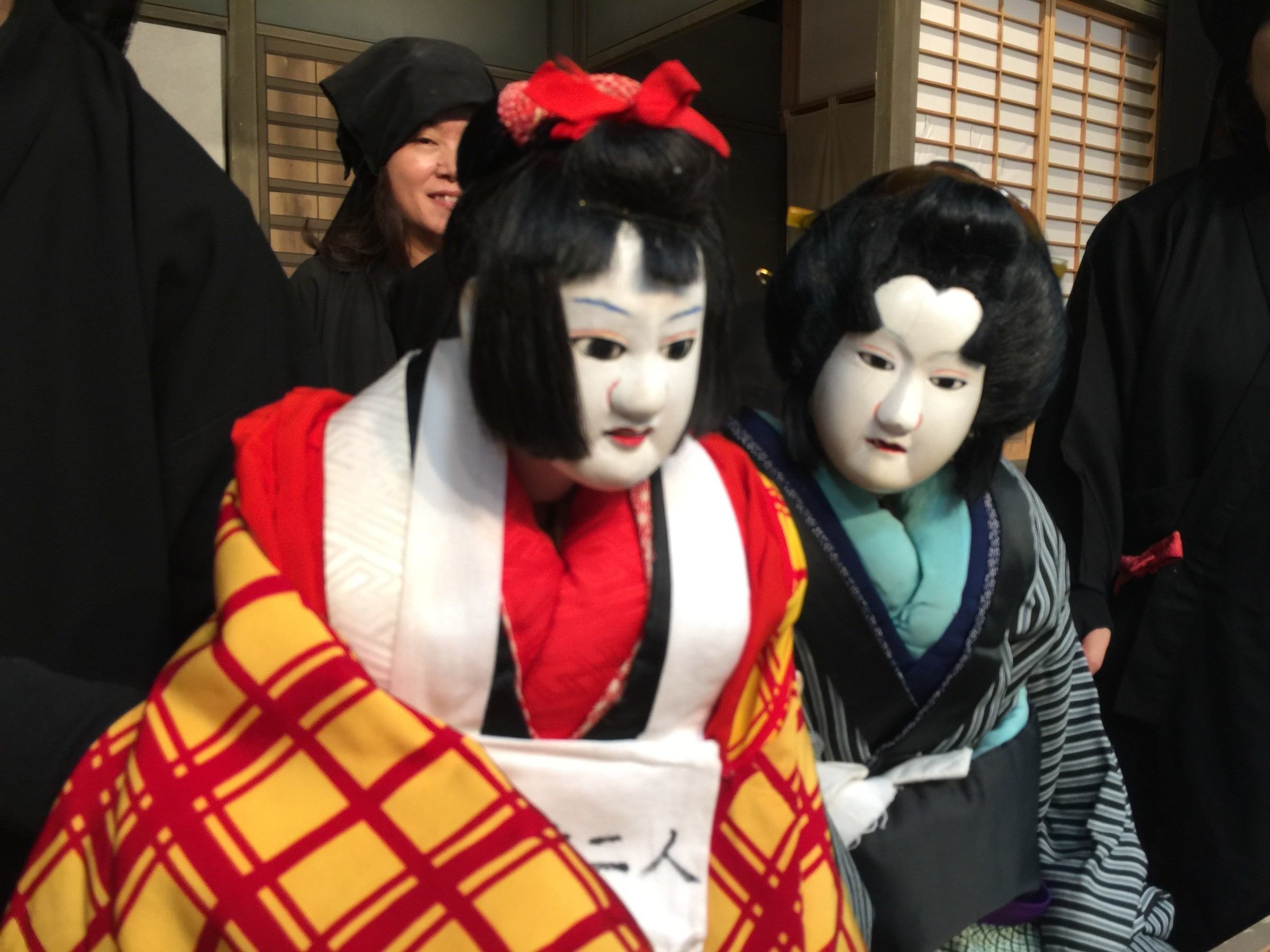
The Greek word translated as "puppet" is "νευρόσπαστος" ( nevrospastos), which literally means "drawn by strings, string-pulling", from "νεῦρον" ( nevron), meaning either "sinew, tendon, muscle, string", or "wire", and "σπάω" ( spaō), meaning "draw, pull". Puppetry was practiced in Ancient Greece and the oldest written records of puppetry can be found in the works of Herodotus and Xenophon, dating from the 5th century BC. Each puppet is manipulated by both puppeteers. Origins Medieval knight puppets do battle in the Hortus deliciarum. Carnival puppets are large puppets, typically bigger than a human, designed to be part of a large spectacle or parade. A ventriloquist's dummy is a puppet, often human-shaped, operated by a ventriloquist performer's hand the performer produces the puppet's voice with little or no movement of her mouth, which creates the illusion that the puppet is alive.

Bunraku puppets are a type of Japanese wood-carved puppet. A shadow puppet is a cut-out figure held between a source of light and a translucent screen.
Japan puppetry plus#
A Marionette is a much more complicated type of puppet that is suspended and controlled by a number of strings connected to the head, back and limbs, plus sometimes a central rod attached to a control bar held from above by the puppeteer.Ī rod puppet is constructed around a central rod secured to the head. A "live-hand puppet" is similar to a hand puppet but is larger and requires two puppeteers for each puppet. Two simple types of puppets are the finger puppet, which is a tiny puppet that fits onto a single finger, and the sock puppet, which is formed and operated by inserting one's hand inside a sock, with the opening and closing of the hand simulating the movement of the puppet's "mouth." The sock puppet is a type of hand puppet, which is controlled using one hand that occupies the interior of the puppet and moves the puppet around. They range from very simple in construction and operation to very complex. There are many different varieties of puppets, and they are made from a wide range of materials, depending on their form and intended use.

Puppetry is a very ancient form of theatre which dates back to the 5th century BC in Ancient Greece. The actions, gestures and spoken parts acted out by the puppeteer with the puppet are typically used in storytelling. The puppeteer often speaks in the voice of the character of the puppet, and then synchronizes the movements of the puppet's mouth with this spoken part. The puppeteer buses movements of their hands, arms, or control devices such as rods or strings to move the body, head, limbs, and in some cases the mouth and eyes of the puppet. Traditional hand puppets A Kathputli show in Mandawa, Rajasthan, India Ancient Greek terracotta puppet dolls, 5th/4th century BC, National Archaeological Museum, AthensĪ puppet is an object, often resembling a human, animal or mythical figure, that is animated or manipulated by a person called a puppeteer. For other uses, see Puppet (disambiguation).


 0 kommentar(er)
0 kommentar(er)
